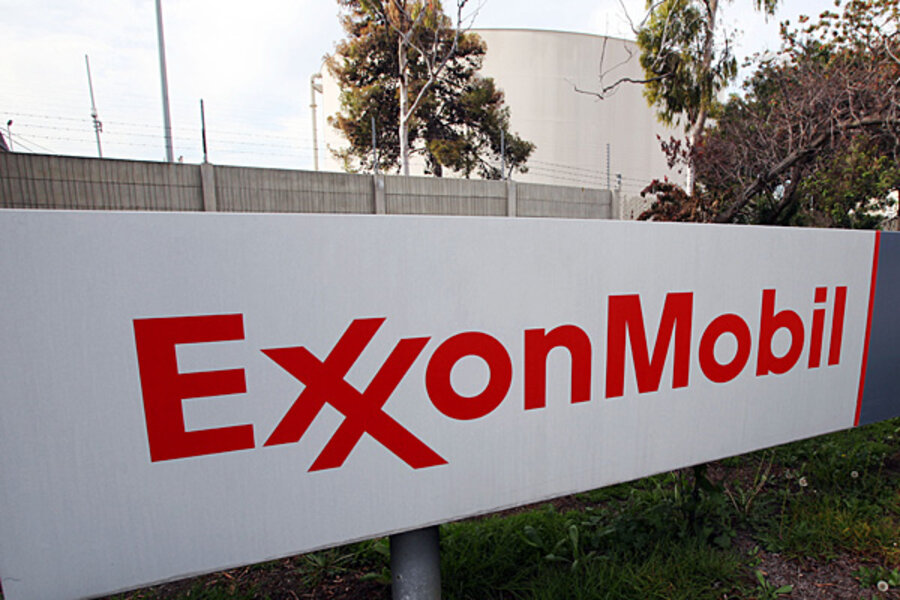ExxonMobil’s Papua New Guinea LNG plant opens path to Asian gas demand
Loading...
With ExxonMobil’s announcement that its joint venture-led Papua New Guinea’s Liquefied Natural Gas (PNG LNG) has started production ahead of schedule, there is officially a new LNG supplier to Asia. The $19 billion plant will supply 6.9 million tons per year (mtpa). Not surprisingly, nearly all this gas has been contracted.
Of the 6.9 mtpa, 6.6 mtpa has been contracted to Asian buyers, including: TEPCO (~1.8 mtpa) and Osaka Gas (~1.5 mtpa) from Japan, CPC from Taiwan (~1.2 mtpa) and Sinopec (~2.0 mtpa) from China. PNG LNG is expected to produce more than 9 trillion cubic feet (tcf) of gas over the project’s expected 30 years of operation.
PNG’s entrance into the LNG producer market comes at a time when many other LNG projects from around the world have received the lion’s share of media attention. From the prolific cost overruns on LNG projects in Australia to the burdensome regulatory approval process in both Canada and the United States, LNG has been known to be very expensive and politically contentious.
At this point, it looks like the PNG LNG plant has escaped some of these challenges, particularly because of its competitive advantages. The project has substantial booked reserves with high liquid yields from onshore sources with an existing infrastructure base for oil developments, a great location relative to the growing Asian LNG markets, and a fair fiscal regime that is backed by a government that is keen for new revenue streams.
According to an economic impact study completed by ACIL Tasman, when the project is in production it will more than double Papua New Guinea’s GDP and triple export revenues. Harvard’s Kennedy School conducted a study in 2013 estimating that some 20 to 30 billion PNG Kina (the local currency, or about $7.5 to $11.7 billion at May 2014 exchange rates) will accrue to the national government over the projected 30-year operation.
Looking ahead, PNG LNG’s recent production start is just the beginning of what the ExxonMobil consortium has in mind for the country. LNG PNG just completed phase 1 of an anticipated five-phase project. Phase 2 is expected to begin in 2017 and phase 5 isn’t projected to begin until 2024.
This scale of development is being led by ExxonMobil’s long-term view of Asia-Pacific’s growing demand for LNG. In November 2011, ExxonMobil PNG LNG project executive Decie Autin predicted, “From a regional perspective, gas demand in Asia-Pacific is expected to grow faster than any other region: we’re looking at about 4 percent per year. At that rate, Asia-Pacific will become the largest regional gas market in the world by 2015.”
PNG LNG’s output is only a fraction of what Asia-Pacific will demand in the future. As Autin said, “We believe that the Asia-Pacific demand for LNG will grow in just the next two decades by the equivalent of more than 10 PNG LNG projects…the project provides PNG with a tremendous opportunity to compete for an increased portion of this rapidly growing market.”
It appears ExxonMobil’s long-term view has proven accurate.







